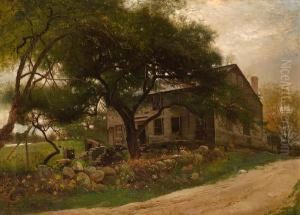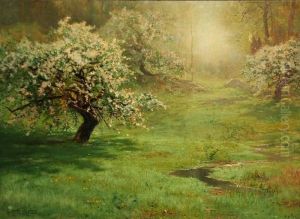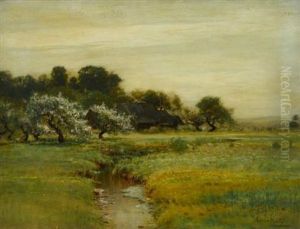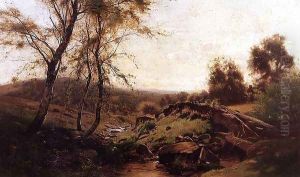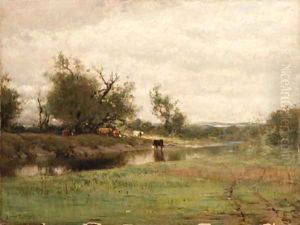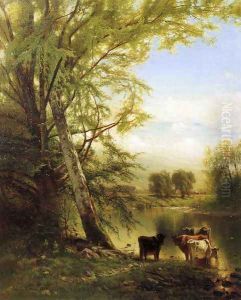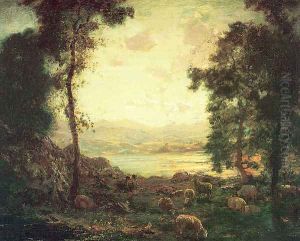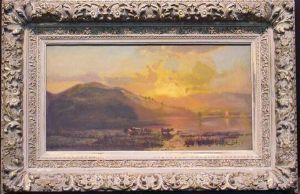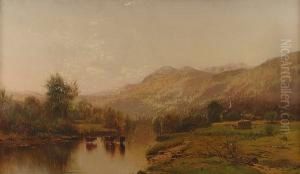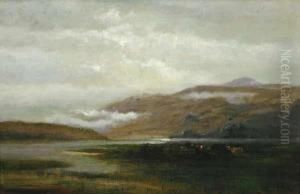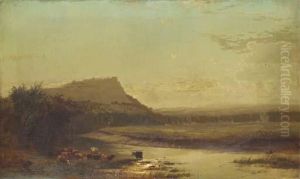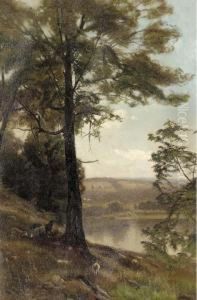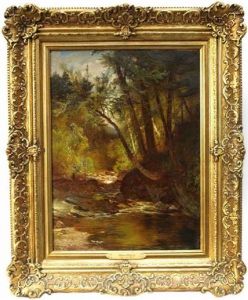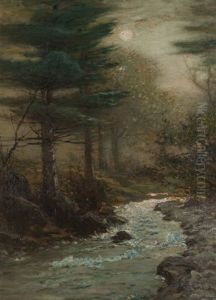Arthur Parton Paintings
Arthur Parton was an American landscape artist born in Hudson, New York. He belonged to the Hudson River School, which was a mid-19th century American art movement embodied by a group of landscape painters whose aesthetic vision was influenced by romanticism. The artists of this school were inspired by the beauty of the American wilderness, especially the Hudson River Valley.
Parton's early life was influenced by his surroundings and the burgeoning art scene of the time. He received his first art instruction from William T. Richards, a prominent landscape artist. Parton's development as an artist was also influenced by his travels to Europe, where he studied the works of the Old Masters, enhancing his technique and broadening his artistic perspective.
Upon his return to the United States, Parton became an active member of the National Academy of Design in New York City. His paintings often depicted the serene and bucolic landscapes of the northeastern United States, capturing the changing seasons and the play of light and shadow across natural settings.
Throughout his career, Parton exhibited his works in various galleries and institutions, garnering praise and recognition for his contributions to American landscape painting. His works are characterized by their detailed and realistic depictions of nature, often imbued with a sense of tranquility and a deep appreciation for the environment.
Arthur Parton passed away in 1914, leaving behind a legacy that continues to be celebrated in American art history. His paintings are held in numerous public and private collections, and they continue to be admired for their beauty and historical significance in representing the Hudson River School and the broader landscape of American art.

























